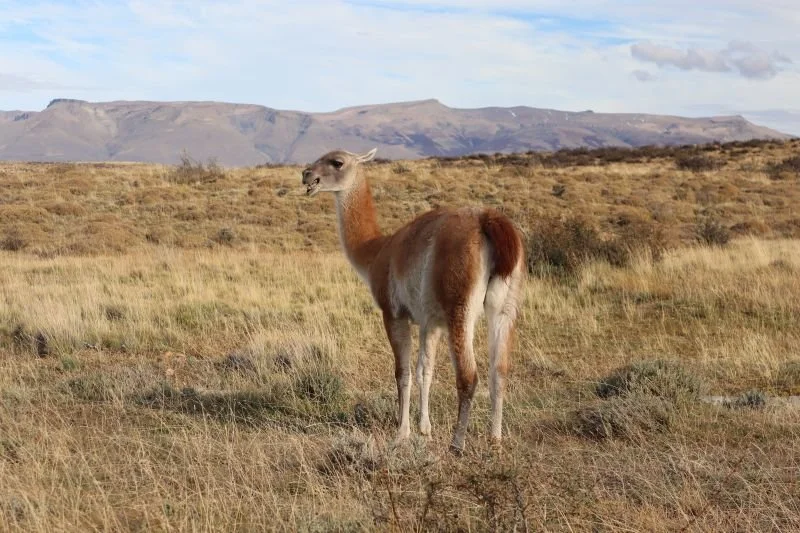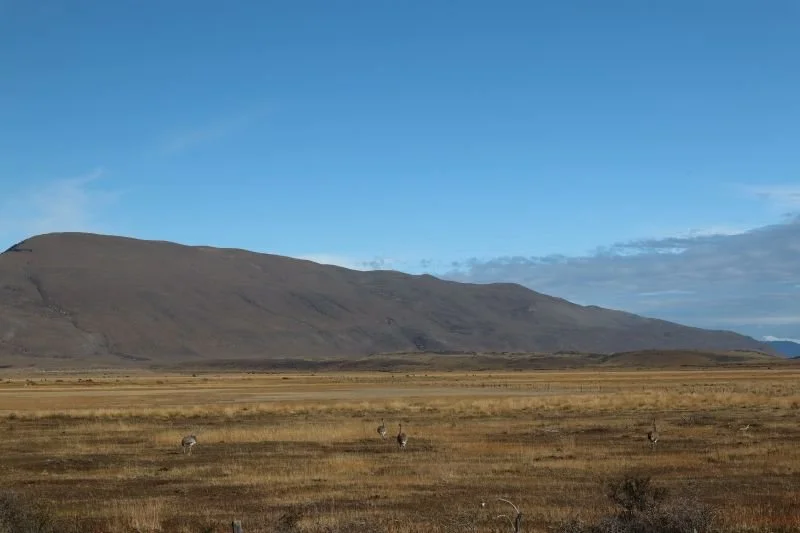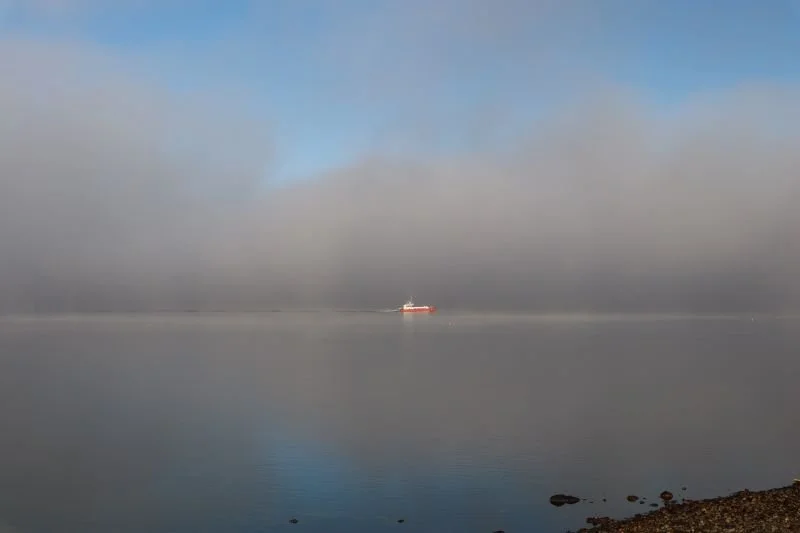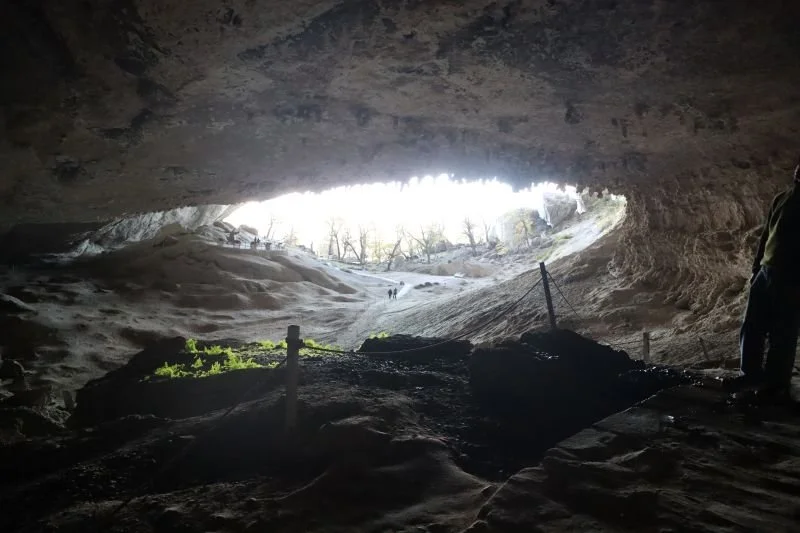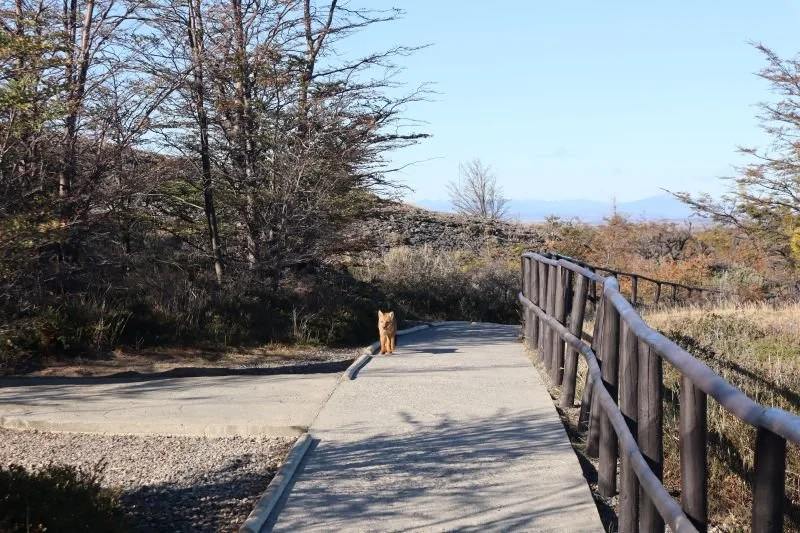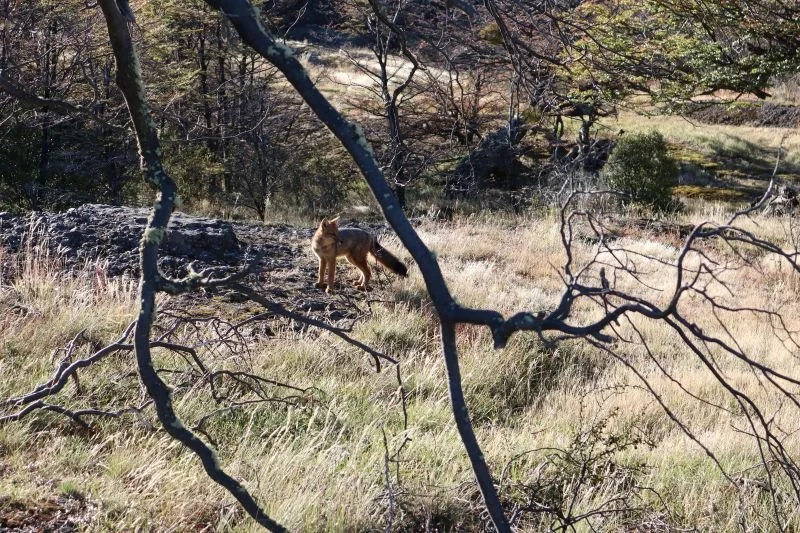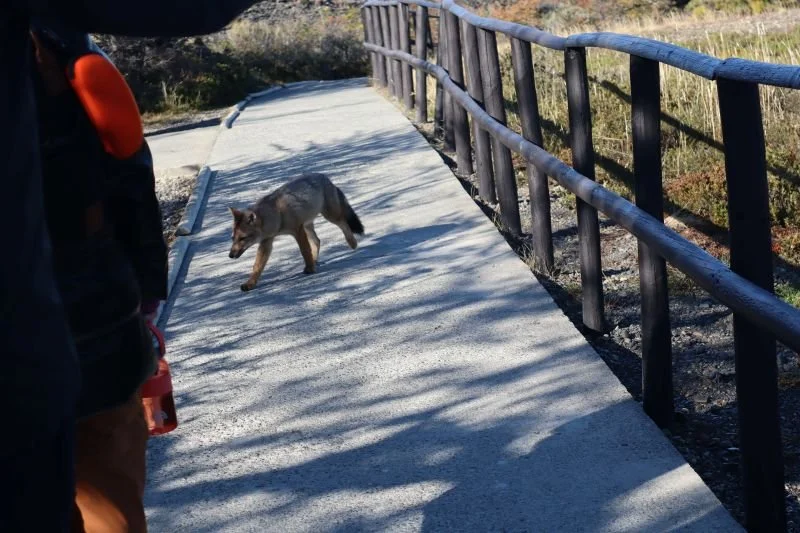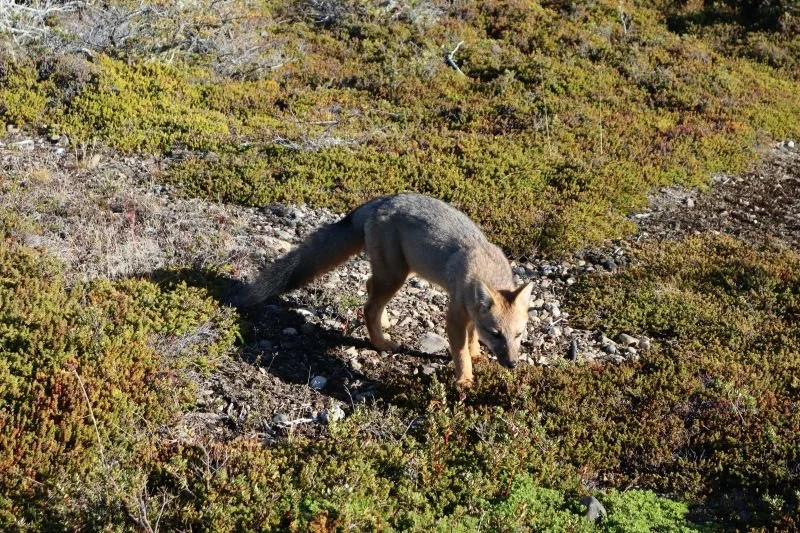Exploring more of the amazing Patagonia landscape
After our rest day we decided to go on a road trip. We went to see a new part of Torres de Paine National Park. This is the day we got to see guanacos for the first time. We got to see them jumping over fences, running across the road and chasing each other around. Surprisingly it seemed to us they were a bit smarter when it came to roads and cars than our kangaroos at home. As far as we could tell there was very little guanaco roadkill. They were very good at jumping over the barbed-wire fences, but unfortunately, we saw some cases where some had failed to clear the fence and become trapped on the top, where they were unable to free themselves. We could see their remains hunched over the fences. This is an example of how manmade structures affect wild animals. It was probably a feast for the condors when a large animal like a guanaco dies.
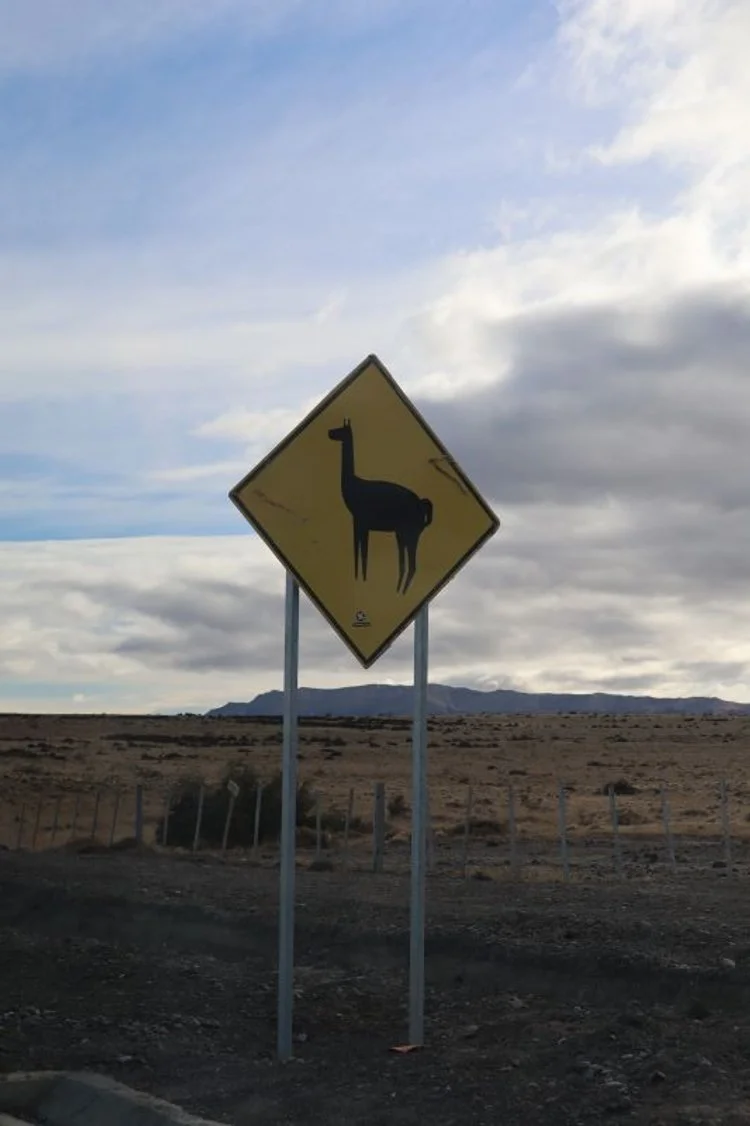

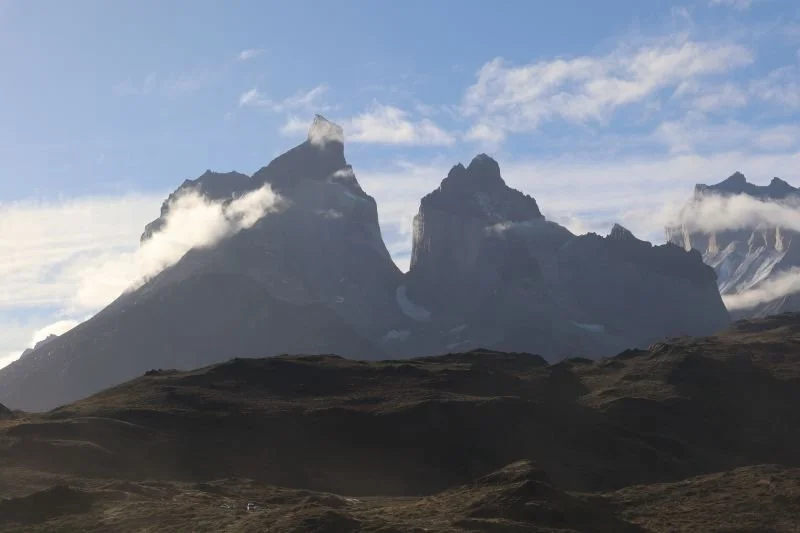
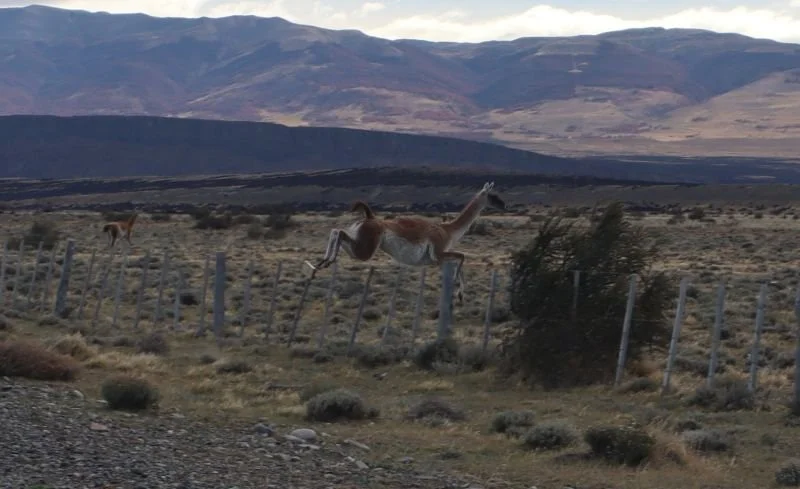

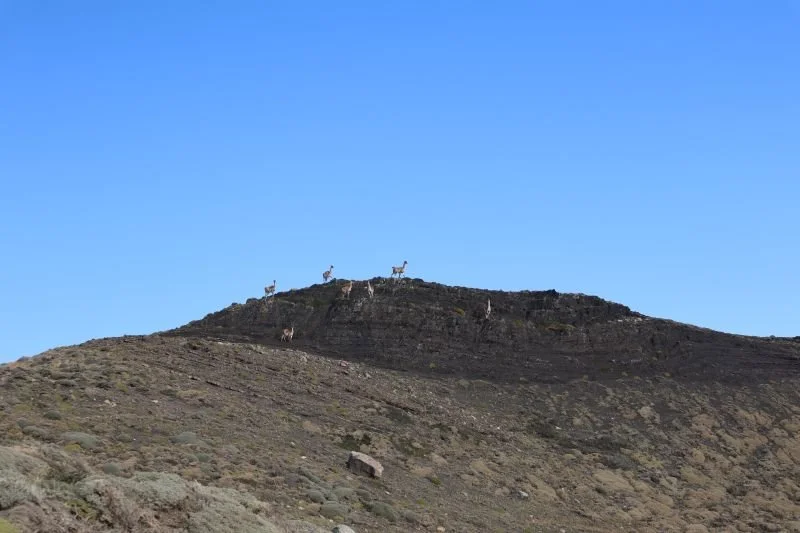



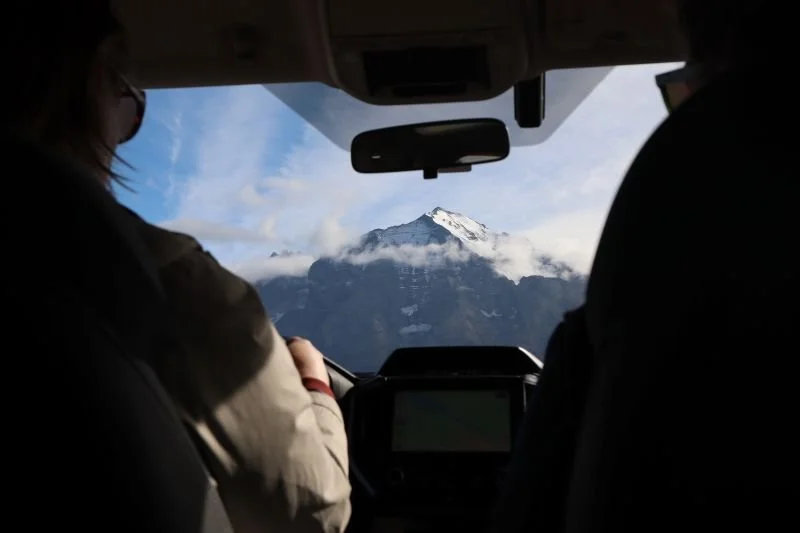
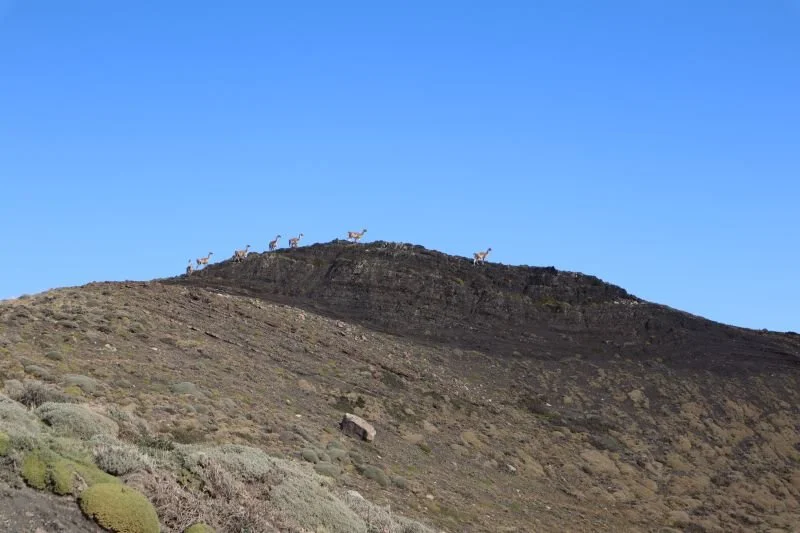
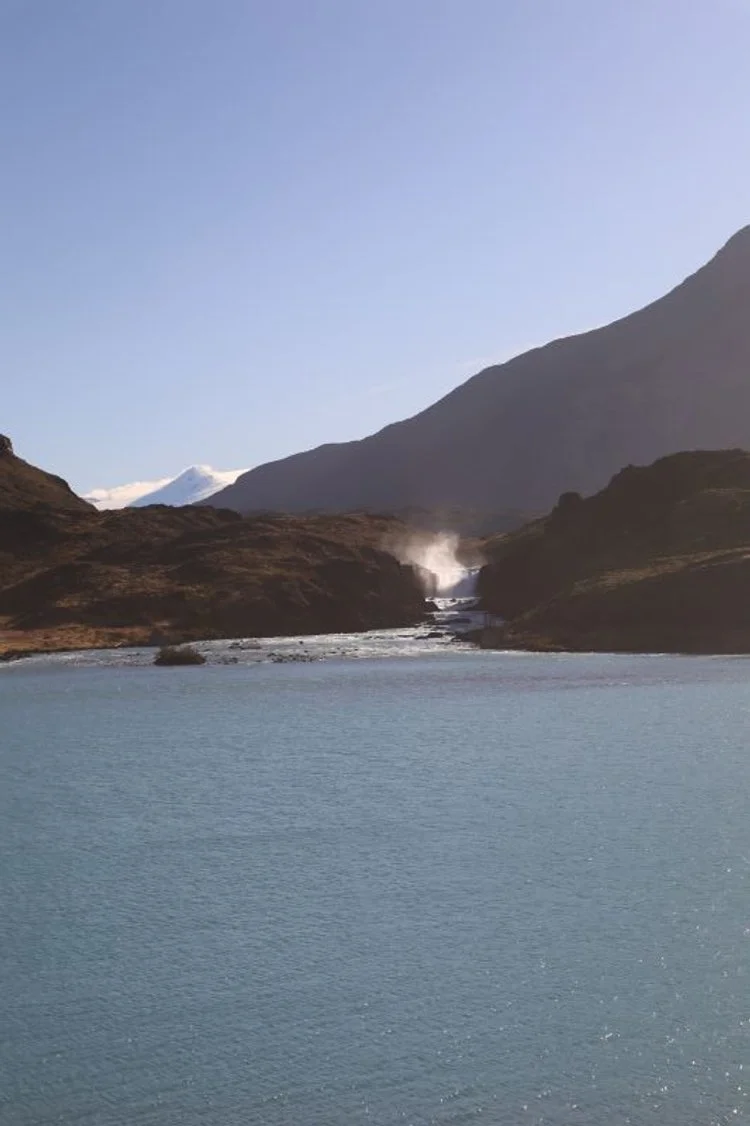
Besides guanacos we got to see rheas which look kind of like emus and ostriches, we also got quite close to a large flock of resting condors. All in all, we saw a lot of wildlife whilst we drove around, we took our time and really enjoyed seeing the animals and the amazing landscape of Patagonia on this one-day road trip.
The next day we decided to go on a small adventure to some nearby caves called the Cueva del Medio. When we set out that day it was really foggy in the town of Puerto Natales, it looked like bushfire smoke for some reason I think it was because of its colour. When the sun came up more this smoke and fog lifted and I got some really good photos. When we got to the caves, I started walking around and we learned that they were formed by ancient glacial activity. Inside one of these caves was one of the most important archaeological sites in Chile, where they do research on ancient humans, flora and fauna. There was a designated path, if you didn’t follow it, you could risk crushing or destroying thousands of years of historic remains.
An interesting thing I learned on this day, was that Patagonia was the last ‘continental’ place on Earth to be to receive human habitation, excluding Antarctica (there are ‘non-continental islands’ such as New Zealand that were not inhabited until more recently). Outside the caves, we got to see wild Patagonian foxes. They walked straight next to us which was extremely exciting.
The following day David (my stepdad) and I went for a hike in the middle of the Patagonian wilderness in Torres del Paine National Park. We were also hiking in puma country. David said it was the first time in the wilderness he had felt as if we were being watched by a predator. This particular area of the Park was extremely quiet, it was just as if we could hear the sound of ‘absolute nothingness’. This silence was exciting to hear, but unsettling at the same time – especially with our friendly pumas nearby! We made it home safe and sound and it was a fun day.
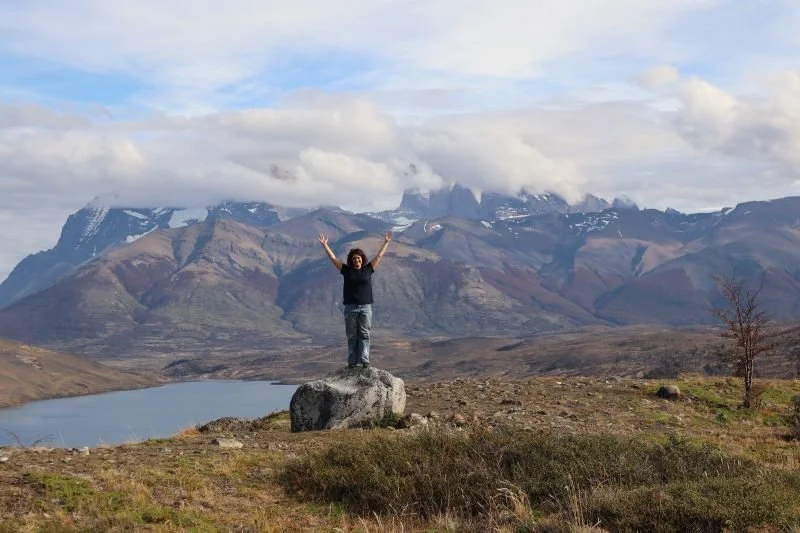
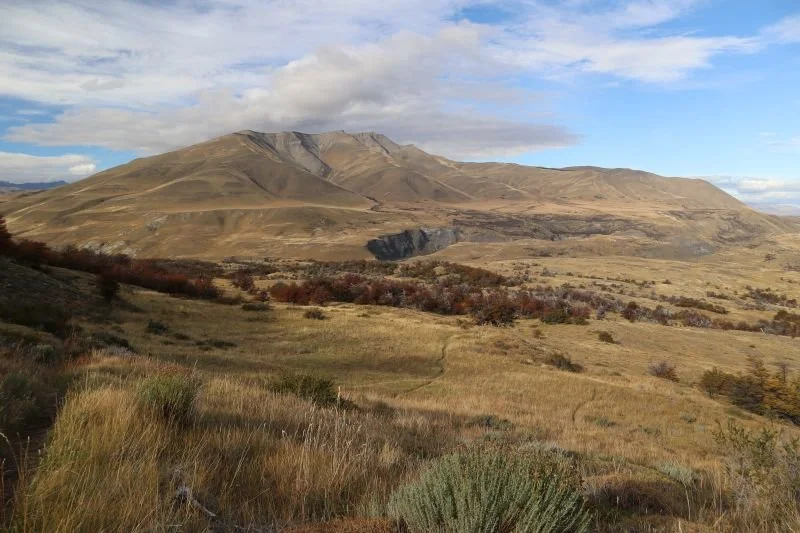
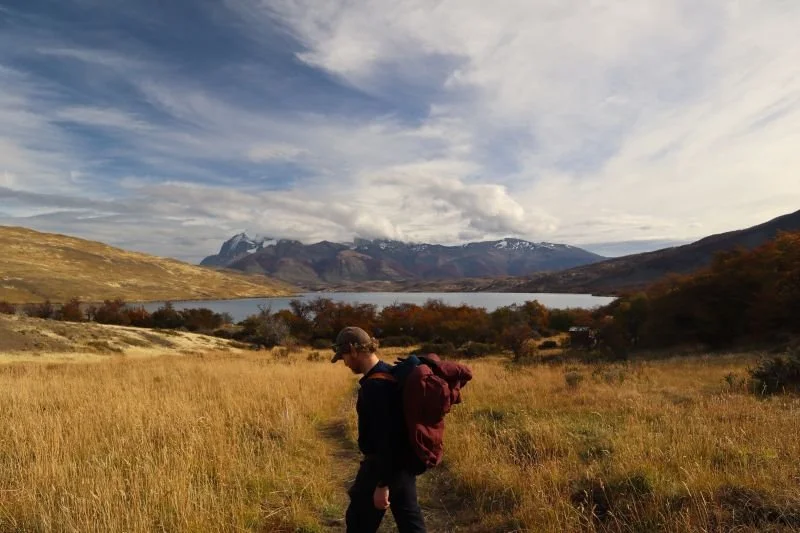
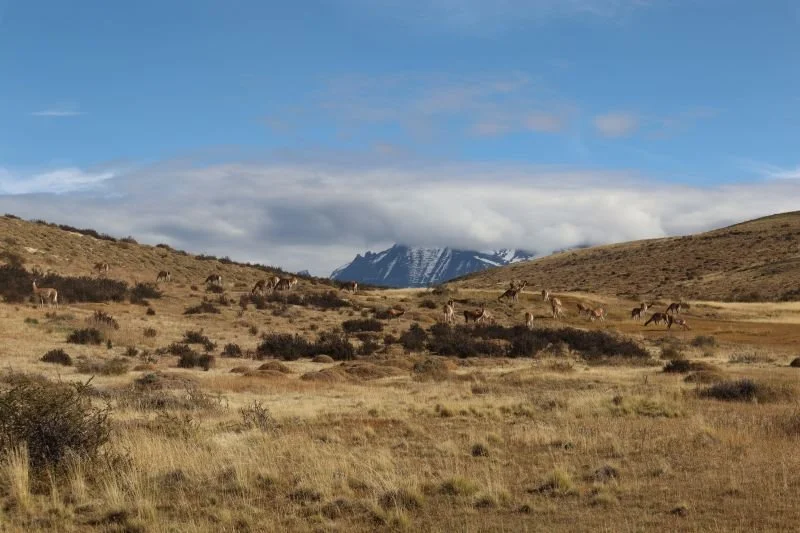
Stay tuned for the next blog where we will travel back into Argentina and stay in El Calafate to see the Perito Moreno Glacier.

